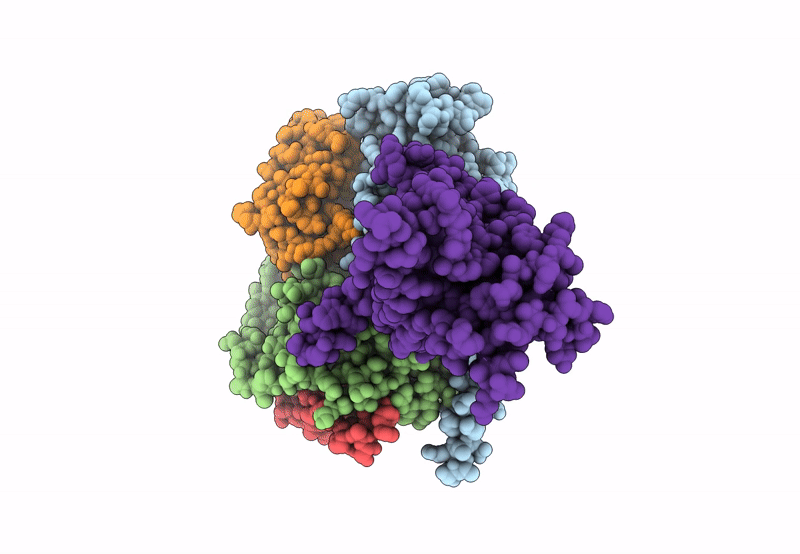
Deposition Date
2023-03-22
Release Date
2023-10-18
Last Version Date
2025-07-16
Entry Detail
PDB ID:
8ITL
Keywords:
Title:
Cryo-EM structure of GIPR splice variant 1 (SV1) in complex with Gs protein
Biological Source:
Source Organism:
Homo sapiens (Taxon ID: 9606)
Bos taurus (Taxon ID: 9913)
Rattus norvegicus (Taxon ID: 10116)
synthetic construct (Taxon ID: 32630)
Bos taurus (Taxon ID: 9913)
Rattus norvegicus (Taxon ID: 10116)
synthetic construct (Taxon ID: 32630)
Host Organism:
Method Details:
Experimental Method:
Resolution:
3.23 Å
Aggregation State:
PARTICLE
Reconstruction Method:
SINGLE PARTICLE


